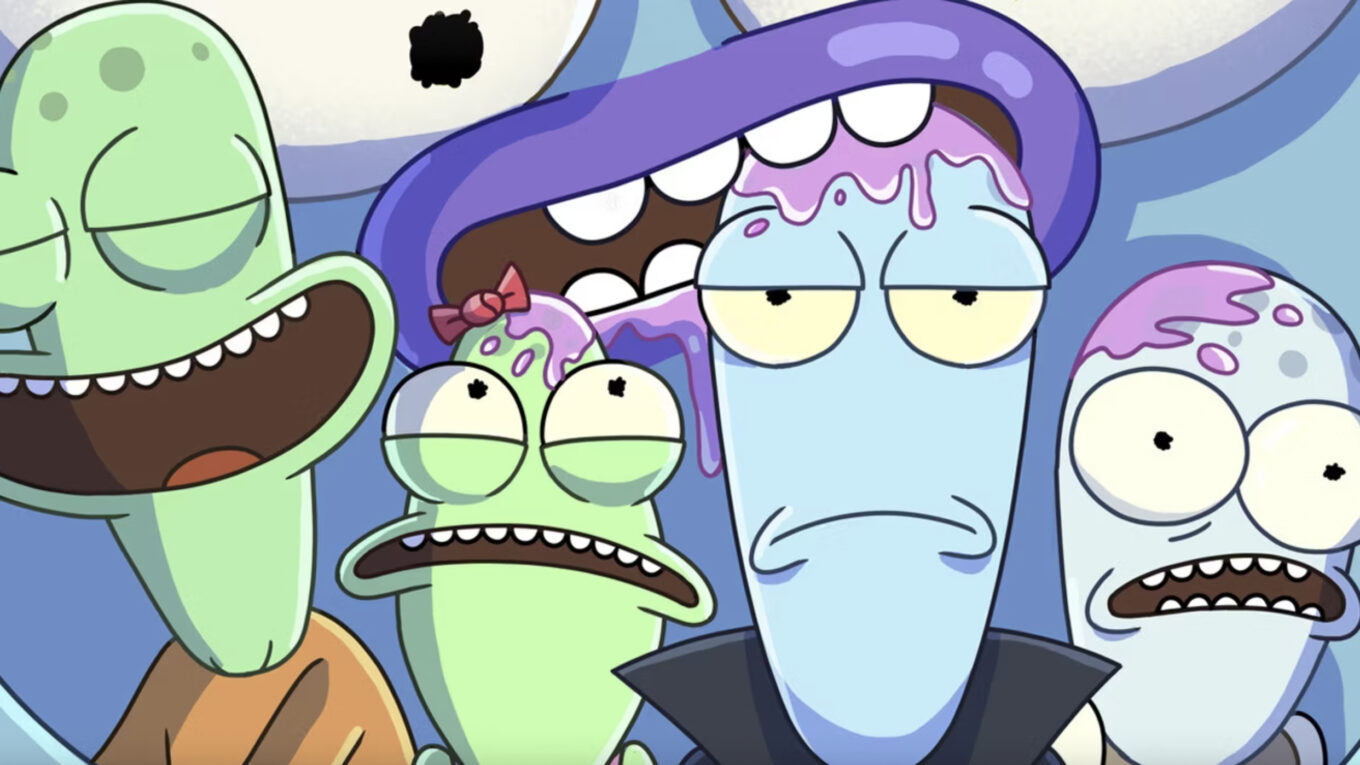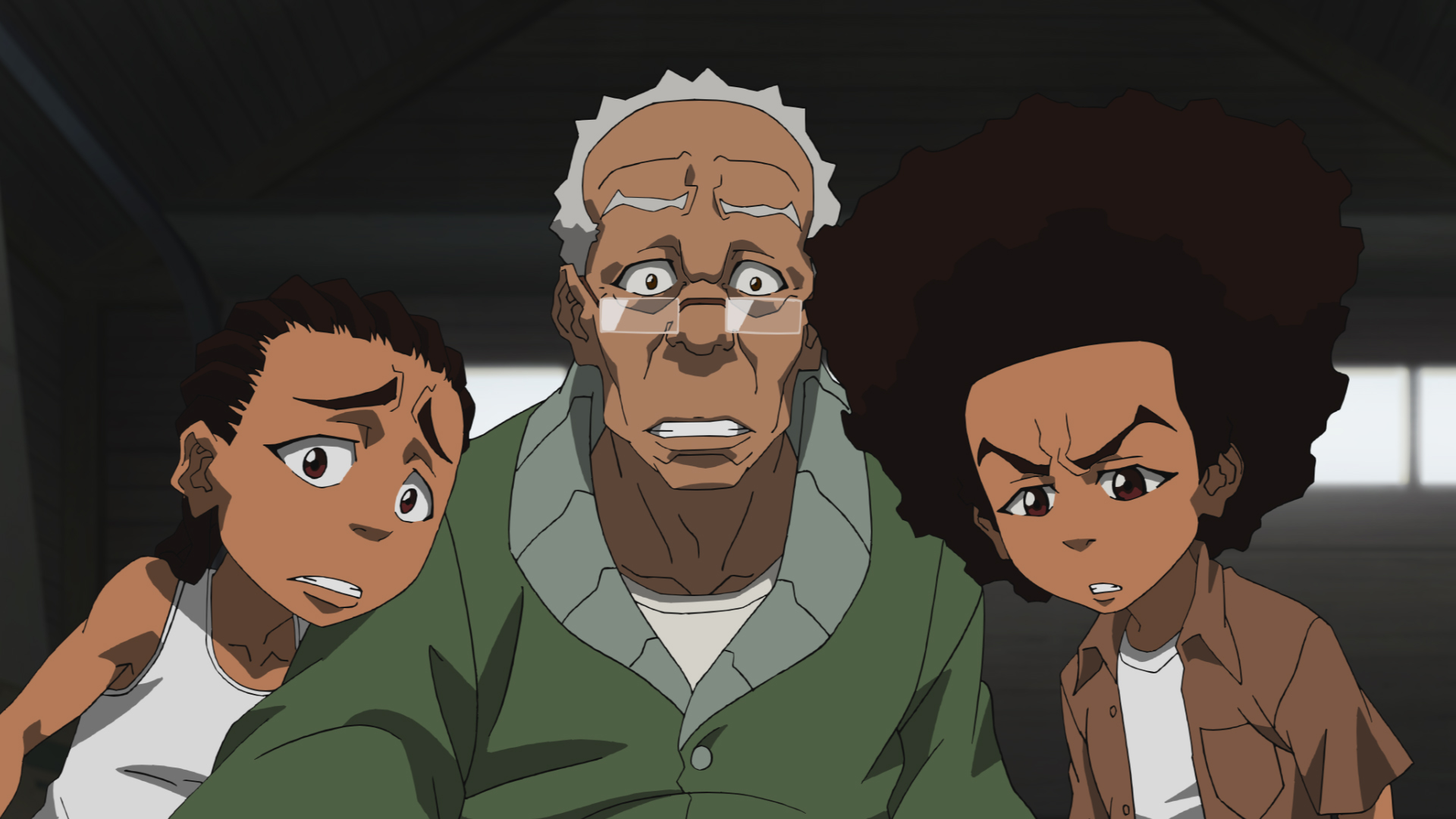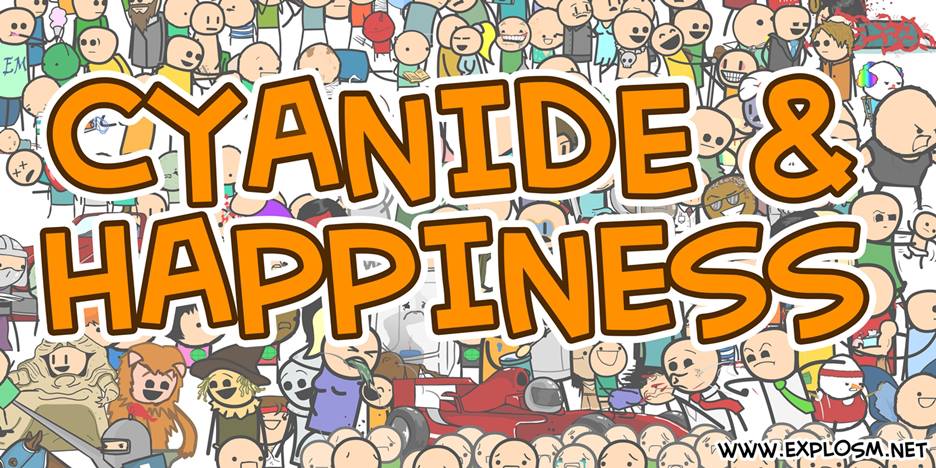Season Review: Solar Opposites Season Three
Overview:
The Solars are back and more determined than ever before to prove that they’re the picture perfect image of a family. These Shlorpians have been on Earth for years now, but they finally begin to connect as a family instead of just a team. Korvo, Terry, Yumyulack, Jesse, and even the Pupa all learn new things about themselves, and each other, as their relationship with Earth and “wacky sci-fi bullshit” continues to evolve. Sometimes alien life can be crazy, but in the third season of Solar Opposites this family of Shlorpians increasingly tame the madness and make it look like it’s business as usual .
Our Take:
Television shows that are lucky enough to reach their third season often creatively flourish during this period. A series that’s in its third season has likely done enough of the heavy lifting between world-building, storytelling, and character development that it’s able to take greater risks and begin to explore new ideas that were previously impossible. The first two seasons of Solar Opposites don’t waste any time and feel deeply genuine when it comes to their heightening of sitcom tropes. There’s the possibility that these obsessions could grow stale by the third season, but Solar Opposites actively works hard to prevent stasis and it pushes the show to turn out its strongest season yet.
The family structure is a defining element of many sitcoms and it’s a dynamic that Solar Opposites has been deeply interested in since its start. This group of Shlorpians are labeled as a family and have demonstrated that they care for one another, but this season is the first time that they truly act like a family and don’t just frivolously throw around the term. Many clever storylines this season reinforce teamwork and the Solars’ necessity to bond as a family otherwise they’ll face dire consequences. There are episodes that recontextualize the Solars’ family dynamics in response to their prescribed roles and if they’re able to transcend beyond them. It’s really rewarding whenever Yumyulack and Jesse step up and become the adults of a situation while their “parents” are treated like the children. These revised family dynamics fuel a lot of this season’s storytelling, but they also contribute to some sweet character-driven non sequiturs that collectively leave an impression.
This season doesn’t just emphasize the Solars ability to function as a family, but it also explores Terry and Korvo’s chemistry as a couple. It’s genuinely endearing whenever these two open their lives up to each other. Korvo’s rough edges continue to get sanded down, but in a way that doesn’t feel like it’s a compromise of his character. A lot of these episodes examine jealousy and fresh power dynamics between Korvo and Terry as they get deeper into their relationship. There’s a surprisingly sweet emotional core to the majority of this season’s episodes, even if they’re often steeped in heightened nonsense. The same is true for Jesse and Yumyulack as they better understand each other as siblings, as well as individuals.
The biggest shift in the Solars’ family dynamic this season involves the Pupa’s evolution from a dangerous ticking clock element into an actual character. There have been minor storylines devoted to the Pupa in Solar Opposites’ past, but not to this extent. It’s a valuable development for the series and it’s one of the more exciting angles that the show sets up for season four. Similarly, this season fleshes out other supporting characters, like Principal Cooke, so they’re more than just one-note caricatures. Oh, and there are Silver Cops. Lots and lots of Silver Cops.
For many, Solar Opposites is at its best when it fully embraces the “wacky sci-fi bullshit” powers of the Shlorpian and their technology. This season gets even more ludicrous in this regard and presents the Solars’ sci-fi instincts as the solution to problems just as much as it’s their cause. All of this highlights the Solars’ effect on the community, the delicate nature of this ecosystem, and how they actually serve an important role in the neighborhood even if everyone lives in terror of them. This season is able to thrive through storylines that are only possible after season’s worth of mischief and mine the tension from the Solars Vs. The Neighborhood.
Solar Opposites has never held back when it comes to their subversions of structure and sitcom staples, but these new episodes are especially fearless. There is a brilliant riff on bottle episodes that intentionally dwells on nothing and is stuck in a Z-plot while all of the more interesting theatrics occur offscreen. This season never fails to exploit minutiae into ultra-complicated storytelling and then use these silly storylines as clever metaphors for deeper life lessons and epiphanies. Meta jokes carry over between episodes that push the medium forward and take advantage of the current binge watch nature of television. There’s a natural assumption that the next episode will casually be turned on and if that can result in a fourth wall breaking extension of a joke, then all the better. There are also consistently wild third acts that are truly unpredictable and feel like they could only happen in Solar Opposites.
To that point, “The Wall” story that’s nestled within Solar Opposites is one of the series’ most popular elements. Season three naturally integrates the Wall into each episode. This self-contained story shares equal screen time with the stuff that’s outside of the Wall and the first shot of this season even focuses on the Wall! There’s an inherent risk in this content producing diminishing returns the more that the series returns to it, but this odd experiment continues to work for Solar Opposites. This shrunken saga evolves in surprising ways and it’s hard to argue with the emotional weight that’s behind it all. The heroes, villains, and alliances within this macabre microcosm continue to transform. The horrors within the Wall elegantly speak towards the cyclical nature of corruption and revenge as new people are put in charge but are destined to make the same mistakes. It’s like The Wire, but if everyone were tiny and trapped inside a wall. It’s exhilarating as these tortured souls resist empty temptations and fight for a fresh future.
The developments within the Wall are enlightening, but Solar Opposites also properly expands upon Shlorpian lore, both in terms of the species as a whole as well as the Solars as individuals. There’s an exceptional episode that focuses on the other 99 ships that were sent away from Planet Shlorp that might very well be the best episode of the series. “99 Ships” is really an A+ installment that adeptly manages to somehow cover 99 separate storylines as it jumps through ideas and alternate realities at a delirious rate. There’s a real Futurama energy to it. It’s so silly, crafts lightning-paced comedy, and functions as a masterpiece in storytelling and character studies by highlighting how every other Shlorpian has failed. “99 Ships” also gets to ostensibly show what would happen if the Pupa were to ever successfully terraform the planet, which allows Solar Opposites a certain freedom in response to what its actual ending will now be.
Beyond “99 Ships,” the other major stylistic standout of the season is “Terry and Korvo Get in a Big Screaming Fight in the Taco Bell Parking Lot,” which fans will colloquially refer to as the ”Silver Cops” episode. It’s incredible that after three seasons “The Wall” is now so naturalized into the DNA of Solar Opposites that “Silver Cops” becomes the new show-within-a-show that attempts to create the “fish out of water” chaos of the first visits to The Wall.
This sort of stunt is hardly necessary, but it’s another bold detour that works for the show and continues to expand upon the scope of its universe in fulfilling ways. It’s extremely fun and one of the perks of the show’s third season being 12 episodes instead of eight. Solar Opposites doesn’t squander these extra installments and some of the season’s best and boldest experiments like “99 Ships” and the Silver Cops episode likely wouldn’t be possible in a season that was condensed to eight entries. It’s the best use of this extra storytelling space.
Season three of Solar Opposites builds upon the strong foundation of its first two seasons to deliver another standout collection of episodes. Anyone who loved the previous seasons will be fully on board with Solar Opposites as it continues to evolve and challenge its characters and storytelling. There’s never been a stagnant or inauthentic quality to Solar Opposites and its ability to eschew sitcoms and television as a whole, but it’s rewarding to see the show’s themes and sense of humor sharpen over time rather than regress. A fourth season of Solar Opposites is already on the way and it has the potential to be the best year yet if season three’s quality is any indication.
Season three of ‘Solar Opposites’ is available to stream on July 13th, only on Hulu























"There are also other characters that come and go (also owned by the Warner Bros. Discovery conglomerate media company)."
Huh. Is that just referring to other characters from the show itself, or is this implying that the new season is going to have cameos from other WBD IPs